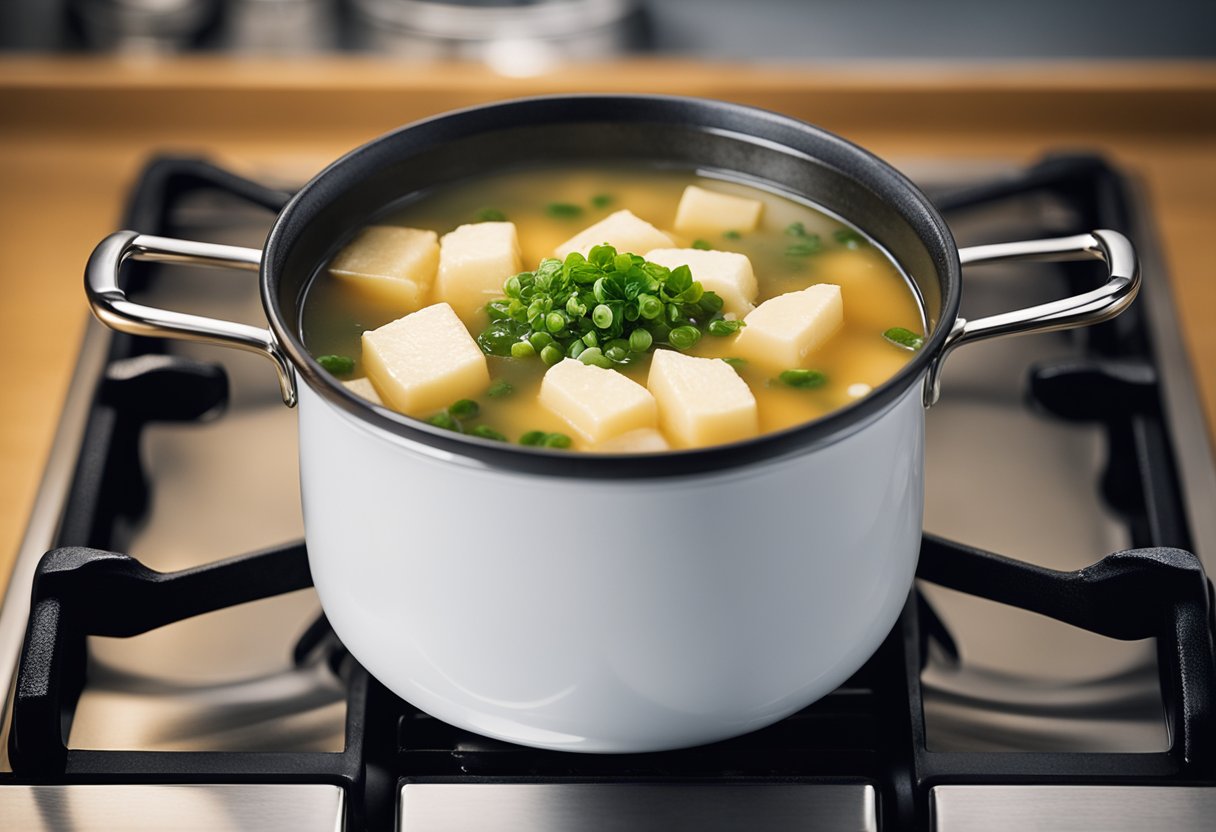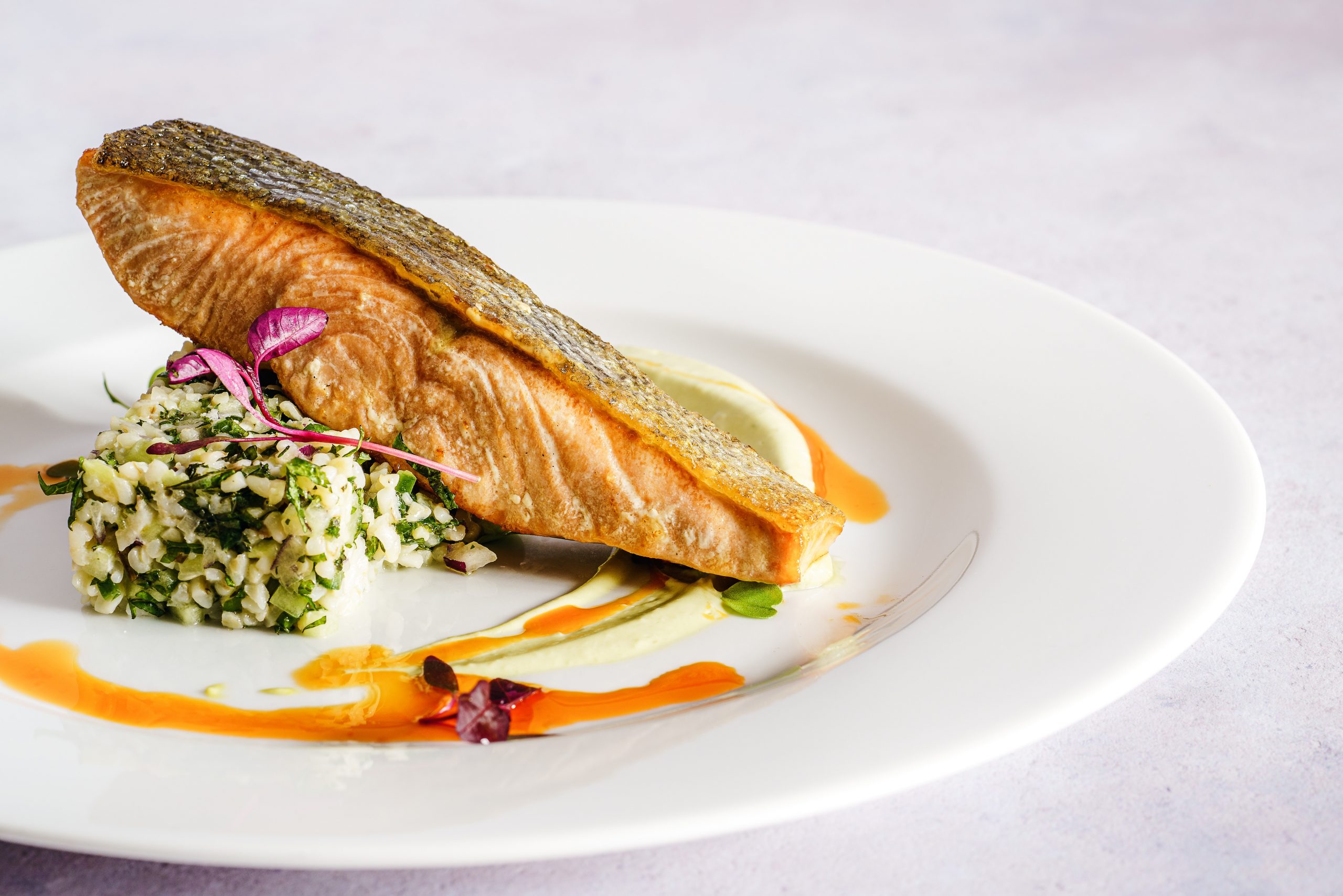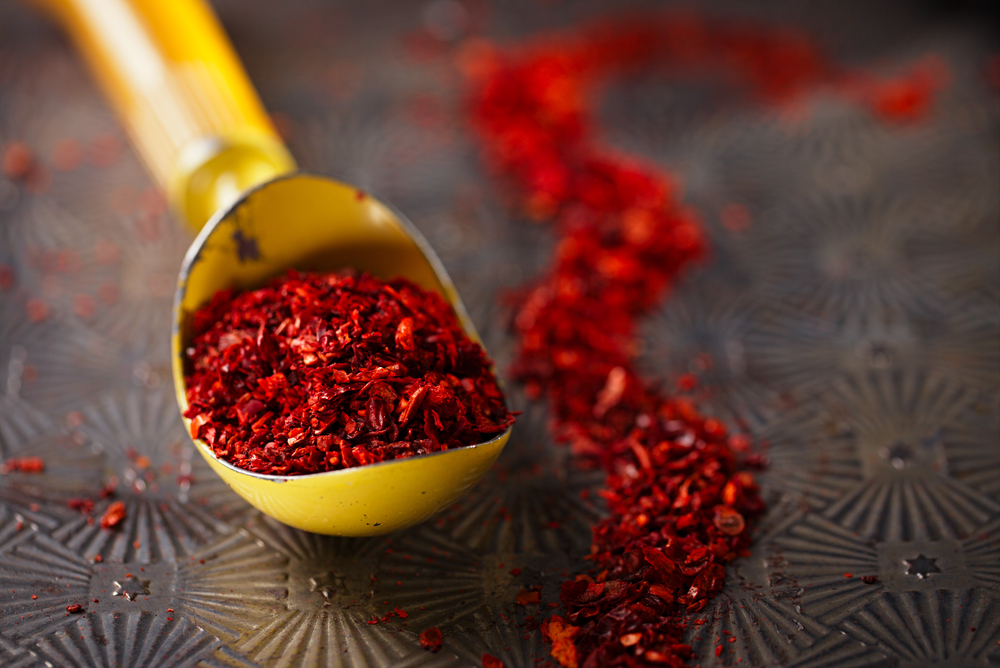Who would have thought that katsuobushi can be so difficult to find?
In Japan, it is one of the most popular condiments. It is used in almost all their dishes, ranging from miso soup to salads.
Katsuobushi is essentially bonito fish flakes that are smoked, dried, and shaved into little pieces.
You might think this means it’s pretty easy to find but you’d be wrong.
Unless you live near a Japanese grocery store or an Asian market, it can be quite a challenge to locate this product. But don’t worry because there are plenty of bonito flakes substitutes that you can use instead!
If you don’t mind experimenting with other flavors and tastes, these options will make your life a lot easier: Nori Seaweed, Dulse Flakes, Mackerel Powder, White Fish, and more.
What are Bonito Flakes Made of?
Bonito Flakes or Katsuobushi is smoked, fermented skipjack tuna that’s dried and then ground into flakes. They’re used to bring that umami flavor that Japanese cuisine revolves around.
The process of fermenting the fish and then processing them is incredibly time-consuming. That’s why they can be hard to find outside of Japan and Asian markets.
The smoking process takes about a month and then a bacterial mold culture is rubbed into the flesh to protect it during the fermenting process. While they’re fermenting, the mold would be scraped off occasionally and then allowed to reform.
When the fish have dried completely and become hard, they’re scraped with a type of plane, similar to that used on hardwood. These paper thin shavings are used as a topping on many dishes and to make broth, most notably dashi.
What Does Katsuobushi Taste Like?
This smoked and fermented fish adds a smoky umami flavor to any dish. This is due to the inosinates that contain glutamate salts.
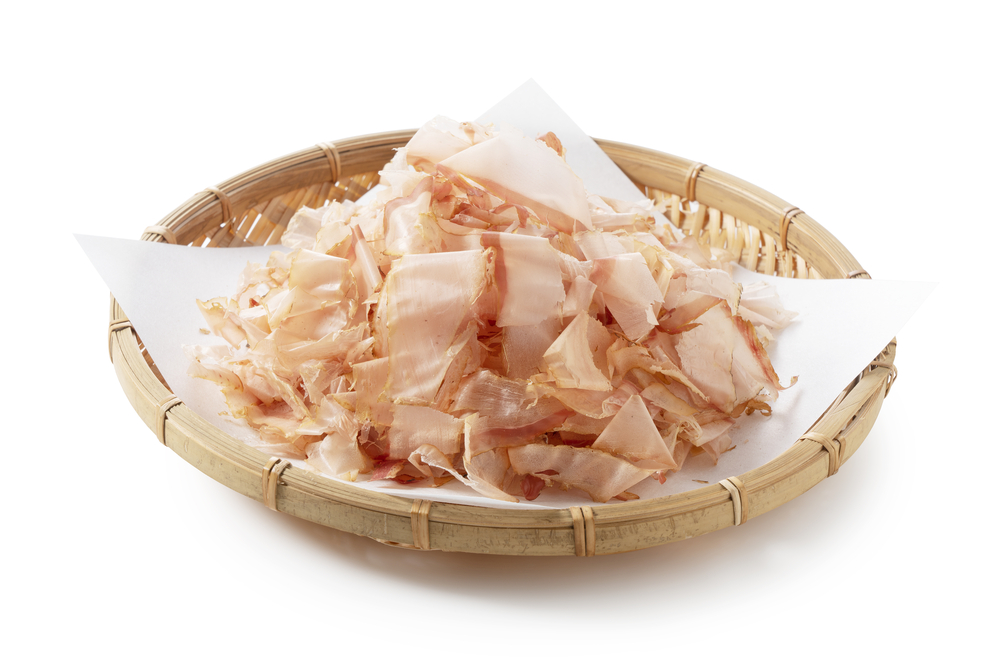
A strong, salty flavor enriches those umami notes. Bonito flakes add a flavor profile stronger than even beef or mushroom stock. Despite being made from fish, bonito flakes only have a small fishy undertone in the flavor profile.
The flavor is unique enough that omitting it from some dishes can ruin them entirely.
This flavor has an expiration date too. The longer it’s exposed to oxygen the more diminished the flavor profile.
What Can Be Substituted for Bonito Flakes?
1. Dulse Flakes and Nori Seaweed
These tasty plant contributions from the sea can combine to give you those umami flavors without the fish. Especially good in soups and salads, the combination of dulse flakes and Nori seaweed can give a similar texture and flavor profile to your dish.
Dulse flakes are part of a sea plant that has the right crisp to substitute bonito flakes.
Nori is a seaweed popular in Japanese cuisine and already a part of many recipes. If you’re looking for a vegan substitute for bonito flakes, then nori can give you some of those flavors you desire without the fish.
2. Kombu or Konbu
Kombu or Konbu is used in many Japanese dishes as well, frequently alongside bonito flakes.
This dried sea plant has the same flavor and chewy, texture properties as bonito flakes and makes an excellent vegetarian substitute.
Also providing glutamic acid, kombu gives the same umami flavors sought after with bonito flakes.
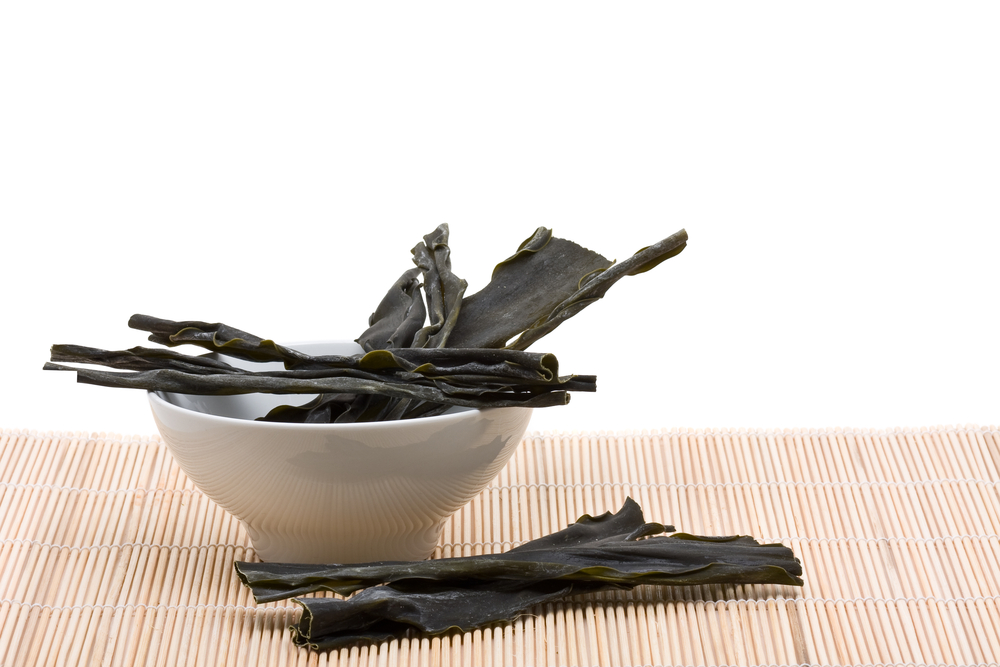
3. Mackerel Powder
It makes sense to use a fish that has the same texture and taste as bonito, yes? Mackerel is just that.
Mackerel powder is used widely in Japanese cooking as well.
What’s better is that Mackerel powder can be found worldwide in most supermarkets.
Since it’s easier to find than bonito flakes and tastes almost the same, mackerel powder is almost the best choice for a bonito flakes substitute.
4. Dried Shiitake Mushrooms
Another vegetarian and vegan-friendly umami-enhancing food is shiitake mushrooms. Vegetarian dashi is made using kombu and shiitake mushrooms.
Shiitake mushrooms have a natural salt called guanylate that provides that same umami taste.
The intensity of the shiitake flavor profile makes it not as popular an option in Japanese cooking but it does work as a bonito flakes substitute in many dishes, especially those being served in Western countries.
While fresh shiitakes work fine, if you’re substituting for bonito flakes, dried shiitakes are a better choice.
5. Iriko or Baby Anchovies
If you still want that salty, fish flavor without the bonito flakes give baby anchovies a shot.
Often labeled as Iriko, niboshi or small dried fish in stores, baby anchovies are processed in a way that boosts their umami flavors.
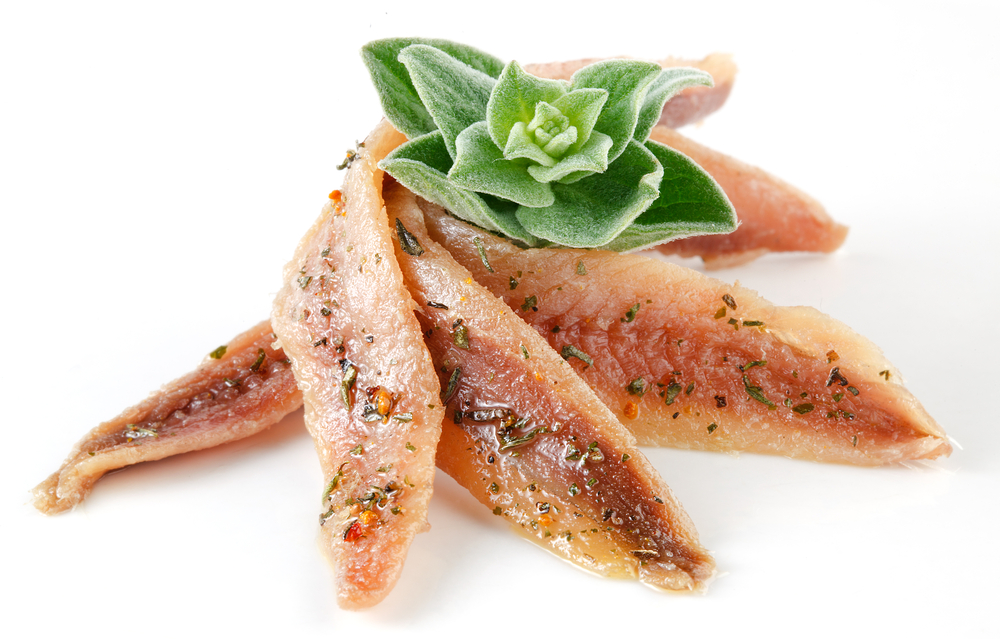
There’s also reiko, a cured, fermented anchovy that is similar but doesn’t have the same pungent aromas as that of bonito flakes. This makes them a decent bonito flakes substitute in broths especially.
Iriko dashi is often used instead of bonito flake dashi in recipes for miso soup or udon.
6. Toasted Soybeans
While bonito flakes are sometimes hard to find, there are other reasons, like vegetarian or vegan options, that might make you look for a bonito flake substitute.
Buddhist monks often made vegetarian dashi with toasted soybeans as the Buddist diet does not contain any animal-based ingredients.
Soybean dashi has a more mellow flavor profile that will have a light umami flavor that won’t overpower the other ingredients you add.
If you can’t or won’t eat mushrooms or fish, toasted soybeans are the next best thing. Toast patiently and you won’t be disappointed.
7. White Fish
No, you can’t just use a package of canned tuna for a bonito flakes substitute.
Bonito flakes are made from skipjack tuna specifically for its mild flavors that compliment the other flavor profiles in your dish, rather than overpowering them.
Tuna and sometimes even mackerel have strong flavors that will overpower the other ingredients.
Whitefish is an excellent, equally mild bonito flakes substitute. Try to pick fish that aren’t oily like sea bass, cod, halibut, catfish, and snapper.
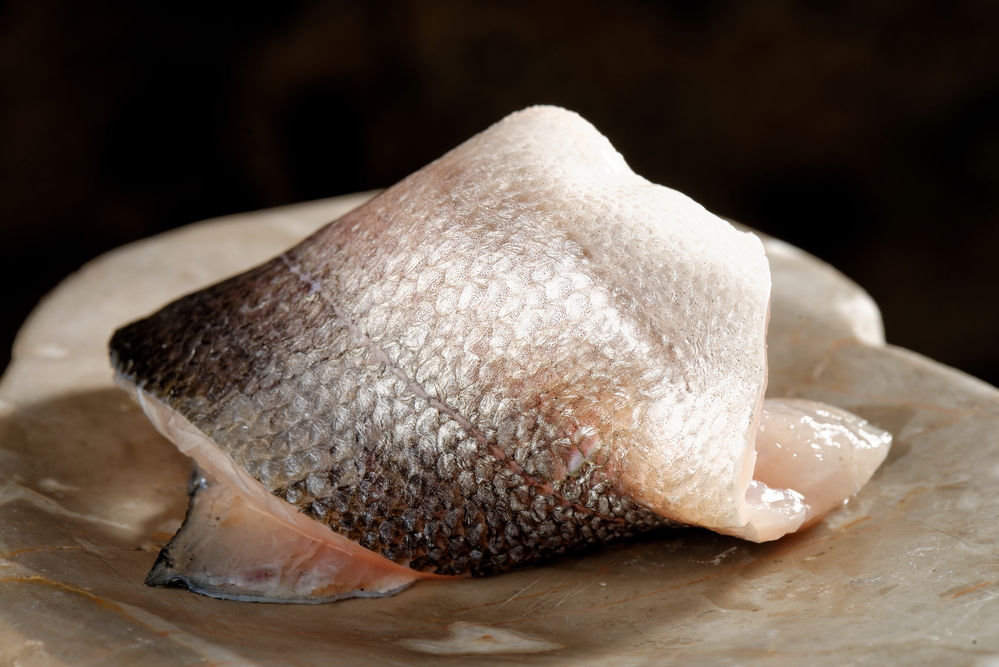
8. Shellfish
You can easily mimic the fishy flavor of bonito flakes and umami flavors with shellfish.
Shrimp, scallops, or oysters can easily provide the flavors you’re looking for, but you will lose some of the smoky flavor provided by the bonito.
Stock or powder would also serve your needs, depending on the recipe. Just be sure to add any powders sparingly and taste to make sure you won’t overpower the other flavors.
9. Fish Sauce
As a last resort or in an emergency, fish sauce can serve as a substitute for bonito flakes.
Available almost everywhere, fish sauce will impart those fishy flavors and aromas.
Because it is a sauce rather than powder or flakes, it will only work in certain cases.
10. Nutritional Yeast
If you’re looking for something of similar texture that also adds some umami flavor, nutritional yeast makes for an excellent bonito flakes substitute.
Not a condiment that is familiar in Japanese cuisine, it provides a strong umami flavor and makes a good topping for many dishes that normally use bonito flakes, such as tofu and noodles.
Related Questions
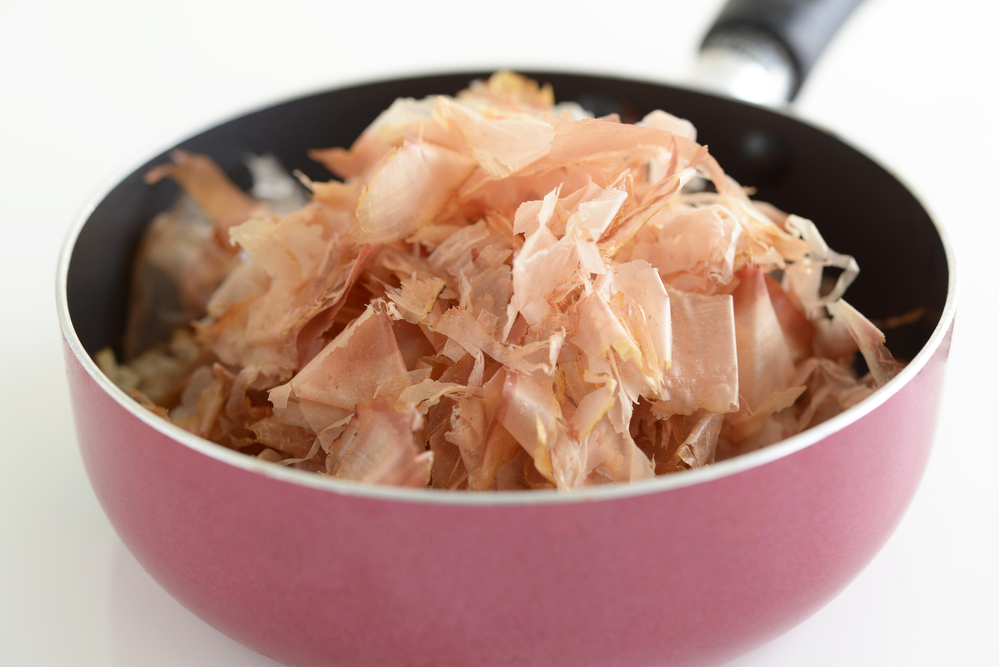
Are bonito flakes healthy?
Yes. Bonito flakes are full of plenty of protein, vitamins, and minerals that include iron, niacin, B12, Omega-3, as well as necessary amino acids.
Do bonito flakes contain mercury?
Made from the fast growing skipjack tuna, bonito flakes have a low mercury contamination.
Can I eat raw bonito flakes?
Sure, if you like that flavor. The light texture due to its thin slices makes bonito flakes a common snack. Just be advised that it is fish and will eventually spoil (they last up to six months).
To End
Bonito flakes are a popular condiment in many parts of the world. They are used to flavor many dishes, both vegan and vegetarian. In the United States it is often used in soup stocks and stews, but not always.
If you can’t find these fish products in your local market, why not give some of these sea plants or mushrooms a try? Dulse, nori, and kombu are good options, as well as mackerel or whitefish powder.
There are many different types of fish available to choose from, so you may need to experiment a little bit to figure out which gives you the best flavor.




